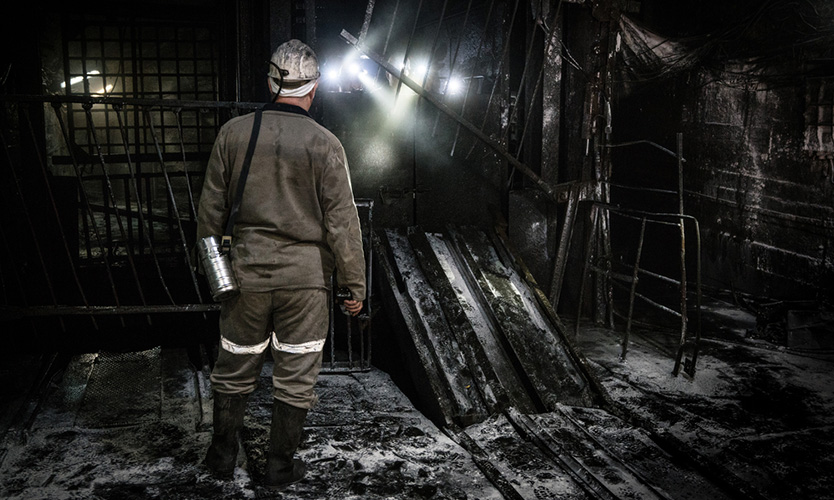Miners death unrelated to black lung disease: Court
- July 4, 2025
- Posted by: Web workers
- Category: Workers Comp

The widow of an 82-year-old retired coal miner who died with occupational pneumoconiosis is not entitled to death benefits, as medical records showed the man’s lung disease was not the cause of his death, an appeals court in West Virginia ruled Friday.
In 1977, the state Occupational Pneumoconiosis Board found that Clifford Gillman, a coal miner, had 15% impairment due to occupational pneumoconiosis. Mr. Gillman was reevaluated in 1995 and in 1999, and found to have no more than 15% impairment, according to documents in Sarah Gillman, widow of Clifford Gillman, v. West Virginia Office of Insurance Commissioner and Mutual Mining, Inc., filed in the Supreme Court of Appeals of West Virginia in Charleston.
Following years of several health problems that included arthritis, in 2016 Mr. Gillman was admitted to the hospital for increased shortness of breath and was to be in acute respiratory failure. He placed on a ventilator for about two weeks, but his condition continued to decline and he died several days into treatment.
An autopsy of the lungs showed a number of issues, with “evidence of coal dust, iron, and silica crystals in the lung tissue consistent with Mr. Gillman’s work history.” Pleural plaques were present, but there was no evidence of asbestosis or progressive pulmonary fibrosis, according to documents.
In 2017, the Occupational Pneumoconiosis Board found “an extensive history of emphysema and post-inflammatory scarring” and after review of “the extensive medical evidence, the Board concluded that occupational pneumoconiosis was not a material contributing factor in Mr. Gillman’s death.” The claims administrator denied a request for dependent’s benefits.
At a hearing before the Office of Judges in 2019, a doctor testified that “Mr. Gillman suffered from chronic, severe rheumatoid arthritis, which can cause pulmonary fibrosis, interstitial fibrosis, and honeycombing in the lung” and that it can be “difficult to distinguish from occupational fibrosis, so the most common thing to look for is asbestos bodies. The pathology showed no indication of asbestos bodies or coal macules.” That office affirmed the denial of death benefits, as did later that year the Board of Review.
The appeals court affirmed, writing that the rulings were not in violation: “We agree with the reasoning and conclusions of the Office of Judges as affirmed by the Board of Review. Mrs. Gillman failed to show that the Occupational Pneumoconiosis Board’s findings were clearly wrong and that the Office of Judges and Board of Review erred in relying on its conclusions.”



